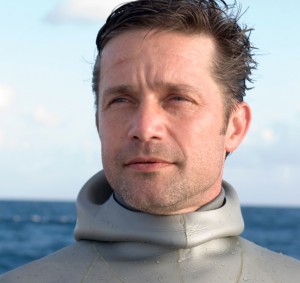 By Natalie Wolchover - Hurricane Irene battered the East Coast this weekend, blasting buildings and trees that hadn’t felt such strong winds in decades, and flooding subways, tunnels and entire coastal
By Natalie Wolchover - Hurricane Irene battered the East Coast this weekend, blasting buildings and trees that hadn’t felt such strong winds in decades, and flooding subways, tunnels and entire coastal  neighborhoods.
neighborhoods.
Thankfully, Irene diminished in strength before making landfall on the Mid-Atlantic Coast and New England; though she is estimated to have caused $7 billion in damages, things could have been a lot worse. And atmospheric scientists say they will be.
They warn that hurricanes will get more destructive in the future. And as oceans warm, more and more of the strongest storms will creep north.
Warm seas
About 90 tropical cyclones form worldwide each year; that pace hasn’t changed recently. Rather than causing more hurricanes and typhoons to develop, the 0.5-degree Celsius rise in tropical sea surface temperatures that has occurred over the past 30 years seems to have another effect. As Colorado State atmospheric scientist James Elsner ominously put it: “The strongest storms are getting stronger.”
Hurricanes are like heat engines, Elsner explained. When the ocean puts more heat in, more energy comes out in the form of faster winds that blow for longer. As detailed in a 2008 paper in Nature (and in later studies analyzing subsequent hurricane seasons), he and his colleagues have noticed a steady upward trend in the maximum wind speed of the strongest hurricanes. For the top fifth most intense hurricanes, wind speeds have increased by 4.5 miles per hour per degree-Celsius rise in the ocean temperature. For storms in the top 10th of the intensity ranking, wind speeds have increased by 14.5 mph per degree Celsius. That’s a jump of almost an entire category on the Saffir-Simpson Hurricane Scale that rates




 Sustainable Tourism Conference
Sustainable Tourism Conference







